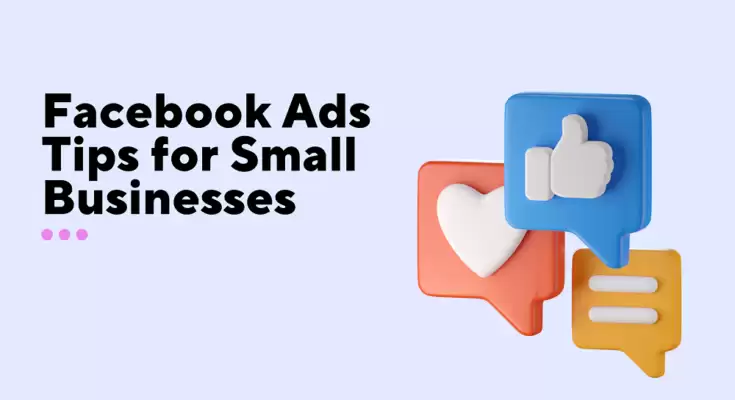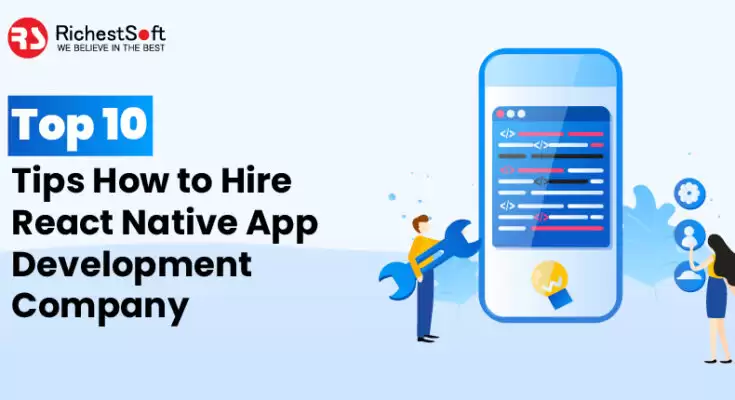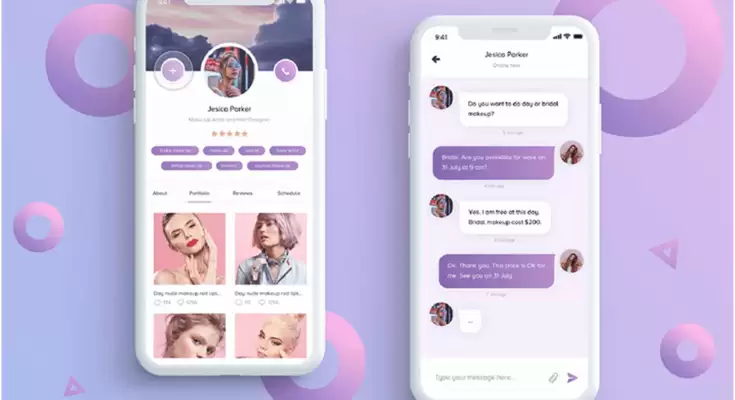With billions of monthly online users, Facebook is one of the popular platforms of this era. Not only for personal use, but marketers also use it to serve their marketing purpose through Facebook Ads.
Facebook can be a fantastic platform to reach your target audience and flourish your business. It lets businesses do targeted advertisements that reach a particular audience according to their interests, behavior, and demographics. However, achieving success through social media advertising is not just crafting an ad and leaving things hoping for the best. According to the reports, the average Facebook CPM in May 2023 was $9.51.
This article will traverse the pros of using Facebook Ads and tips for building an effective campaign.
Advantages of Facebook Ads
Targeted Advertising
Businesses may target particular audiences with Facebook Ads based on numerous things, including age, gender, location, interests, and behavior. Due to their ability to produce advertisements pertinent to their target market, organizations may improve the likelihood of conversions and engagement.
For instance, the renowned brand Nike sells apparel, shoes, equipment, and many more to people. All of its products come with great quality and can last longer, boosting the price range so that people with disposable income can buy their products.
However, this is not the only audience of the Nike brand. They specifically target young athletes and runners in their marketing campaigns, where they mostly craft motivational ads to encourage their target audience.
Cost-Effective
For companies of all sizes, Facebook Ads are cost-effective SMM advertising. In contrast to conventional advertising techniques, Facebook Ads lets businesses set a budget for their campaigns and only pay on clicks or impressions. This implies that companies can expand their audience without breaking their bank account.
Rise in Website Traffic
Additionally, Facebook ads can increase website traffic for businesses. It can increase the possibility of conversions and sales by directing users to their website via a call-to-action button on their advertisement.
Increased Brand Awareness
By reaching a larger audience, Facebook Ads can assist businesses in raising their brand awareness. Social media advertising can be aesthetically beautiful and compelling to draw in new followers and potential consumers.

Tips for Building Effective Facebook Ad Campaigns
Determine Your Campaign Objective
What specifically are you gaining from Facebook ads? More sales, more awareness? This will significantly impact how your Facebook advertisements account is set up. Fortunately, Facebook ads have stated objectives for almost every goal you may have for your campaigns. You can check out the link offered by Facebook to find out more about each.
Find Out Your Target Audience
Knowing the target demographic is one of my favorite places to start with each new account. With its Audience Insights tool, Facebook ads make this pretty simple. This tool lets you view demographic data, Facebook activity, and device statistics. In the end, you are not needed to use this target population exclusively, but it is undoubtedly a wonderful place to start when figuring out how your ideal client translates to Facebook targeting.
Keep a Sharp Eye on Geotargeting
There is no set geographic aim for a small business. Some SMBs are completely local and solely cater to their immediate neighborhood. Others may cater to a specific international population, while others are popular nationwide. Regardless of your company’s category, ensure you use the right geotargeting to connect with your target market. Every Facebook geotargeting option is available at the ad set level. The first thing to ensure is to focus on folks who have the proper intent and are in the right place. Most advertisers will be satisfied with the default setting of people recently residing in this location.
Separate Retargeting & Prospecting
No matter what your goals are, we suggest keeping prospecting and retargeting in the campaign. Many SMB accounts frequently fail to recognize the distinctions between prospecting and remarketing.
Retargeting allows us to connect with customers who have already interacted with our brand at some point. These users might have checked your site, joined your group, or engaged with one of your posts. They already have some familiarity with your business.
Prospecting is to widen your audience and locate a new target audience. It is the complete opposite of retargeting. It might be challenging to ascertain which audience is the most beneficial when multiple target groups are blended into a single campaign. It will also be more difficult to manage how the funding is distributed among these groups now that campaign budget optimization has been implemented.

Monitor Your Ad Frequency
Frequency is the typical number of times a user in any given audience has seen your advertisement over the course of a specific period of time.
Make sure your audience isn’t oversaturated and flooded with your message, whether aiming for a tiny, local community or a nationwide niche. Because you can add a column for ad frequency to your campaign manager page, this will be one of the simplest things to keep an eye on.
As a general guideline, your frequency should not exceed three and a half days for any particular audience. For example, if seven days are selected in your date range, your frequency should not exceed two days.
Apart from Facebook marketing, there are numerous other social media platforms on which you can run ads, such as Instagram. By exploring the Internet, you can find an easy way to get more followers on Instagram.
Final Words
Undoubtedly running Facebook paid ads may be challenging for numerous local businesses. Still, as soon as you are familiar with the platform, it becomes easy to use for your business growth. No single, perfect social media marketing strategy effectively works for Facebook ads. However, small businesses must take extra precautions to ensure they are not overextending themselves too much.
Have a happy marketing!








